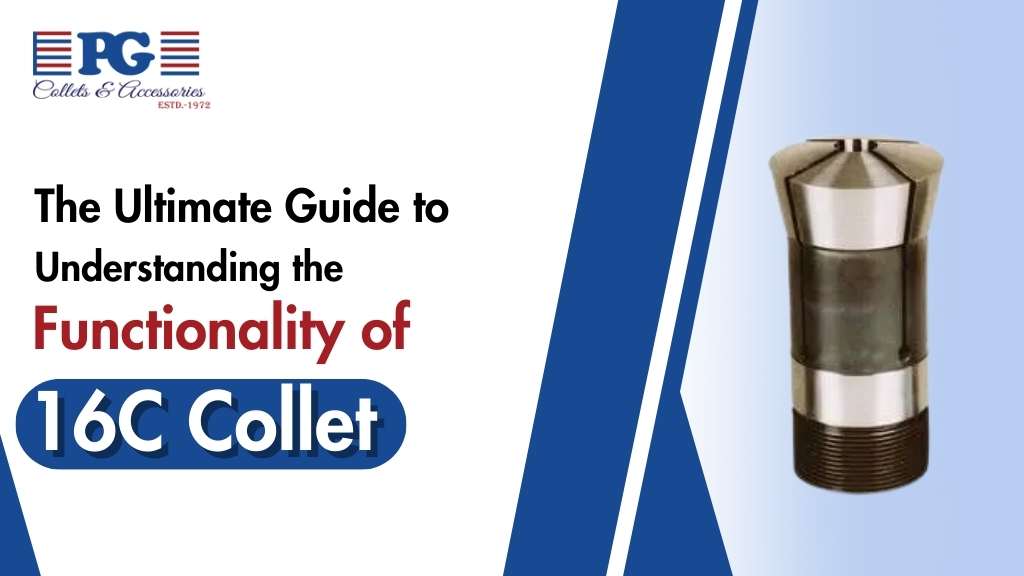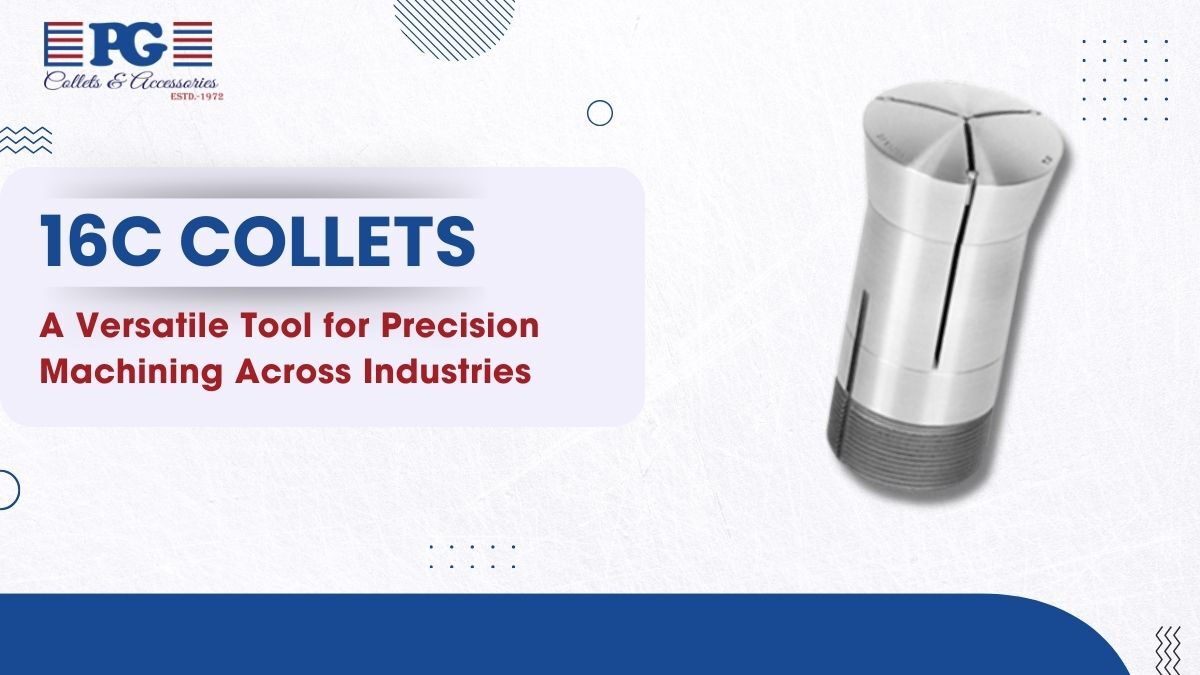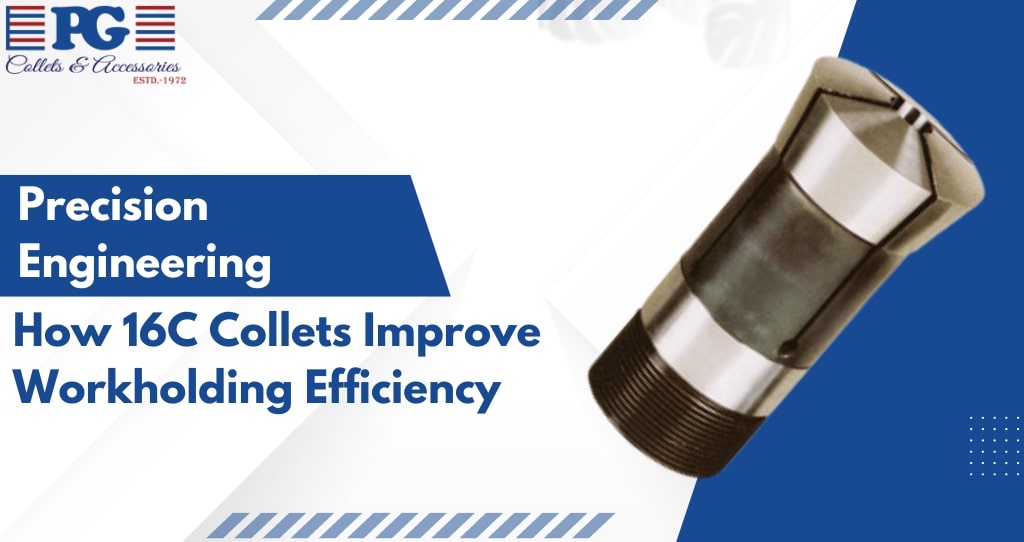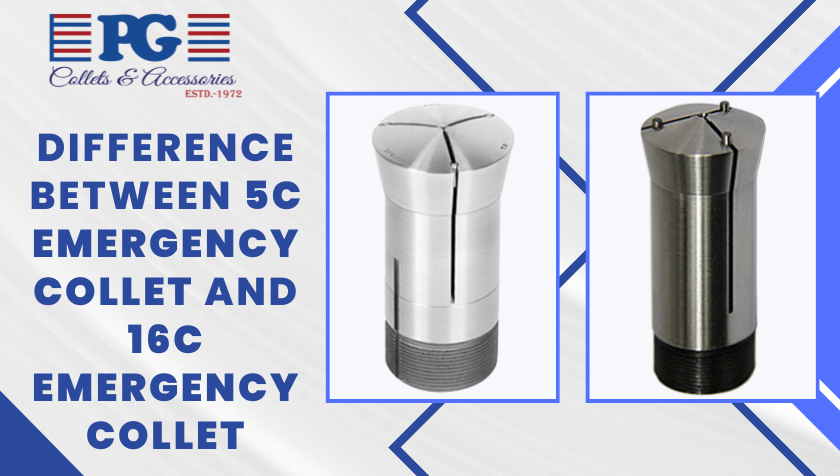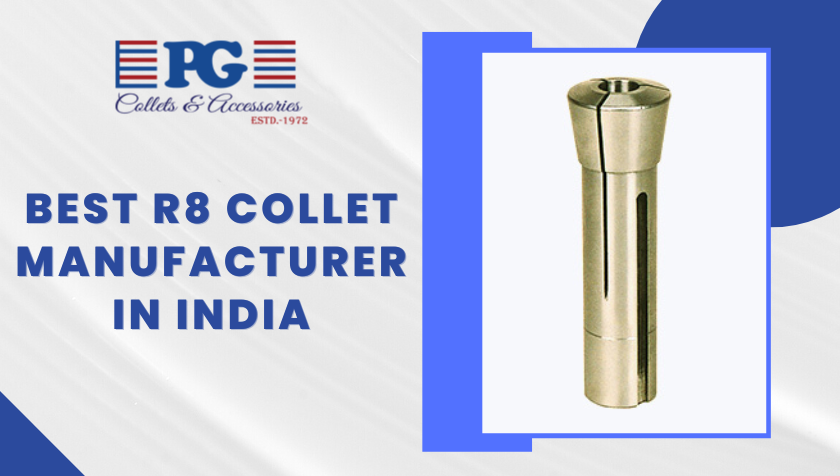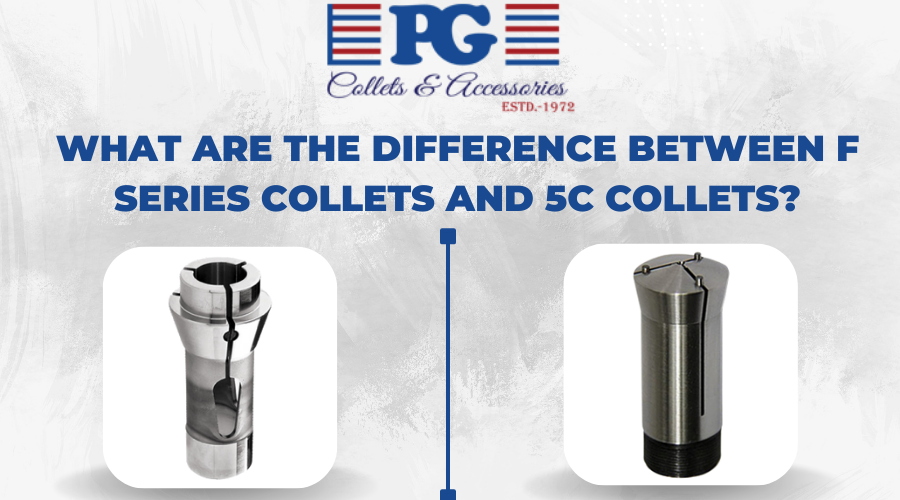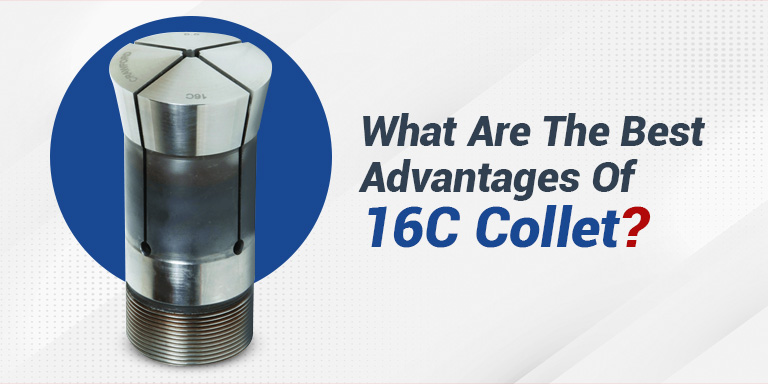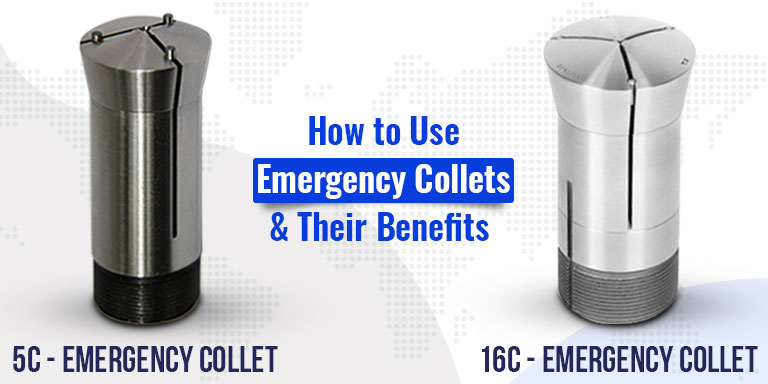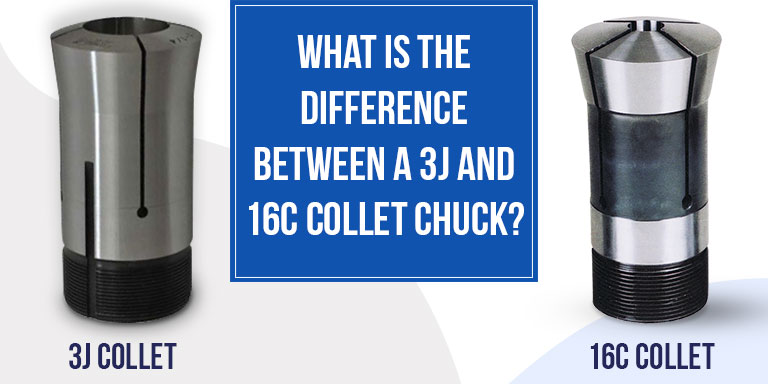The 16C collets are crucial components in precision machining, designed to securely hold cylindrical workpieces during a variety of machining operations. Known for their reliability and efficiency, these collets help ensure consistent and accurate results in various applications. This guide explores the functionality, design, and advantages of 16C collet, highlighting their significant role in achieving high-quality precision engineering.
What is a 16C Collet?
A 16C collet is a type of work-holding device specifically designed to clamp cylindrical objects securely. Made of high-grade steel, these collets are known for their robust construction and high precision. They are commonly used in lathes, milling machines, and grinding machines where consistent accuracy is paramount.
The ’16C’ designation indicates the collet’s size and compatibility with specific machine types. These collets are typically designed to handle medium-sized workpieces, making them ideal for a wide range of machining applications.
Design and Construction of 16C Collet
The design of a 16C collet features:
- Cylindrical Shape: Ensures a firm grip around workpieces of specific diameters.
- Split Design: Allows the collet to contract and expand slightly, enabling precise clamping.
- Threaded End: Facilitates secure mounting in collet chucks or spindle noses.
- High-Grade Material: often made of hardened steel to withstand wear and tear, ensuring durability and consistent performance.
Tapered Exterior for Secure Fit
The tapered exterior of a 16C collet fits snugly into collet chucks, ensuring a secure grip. This design prevents slippage during machining, even at high speeds, making it a preferred choice in applications requiring extreme precision.
How Does a 16C Collet Work?
The functionality of a 16C collet relies on its clamping mechanism. Here’s how it works:
- Insertion into the Collet Chuck: The collet is placed into a compatible chuck or spindle.
- Workpiece Placement: The cylindrical workpiece is inserted into the collet.
- Clamping Action: When the collet chuck is tightened, the collet contracts uniformly around the workpiece. The tapered exterior ensures consistent pressure distribution, holding the workpiece firmly in place.
- Machining Operations: The securely held workpiece undergoes machining, such as turning, milling, or grinding, without shifting or losing alignment.
Advantages of Using a 16C Collet
1. High Precision
The uniform clamping force provided by a 16C collet ensures minimal runout, leading to improved machining accuracy. This is essential for industries that demand strict tolerance control.
2. Enhanced Grip
The collet’s ability to clamp workpieces firmly reduces the risk of slippage, even during high-speed operations.
3. Versatility
With a range of sizes and configurations, 16C collets accommodate a variety of workpiece diameters and shapes, making them suitable for diverse applications.
4. Durability
Manufactured using hardened steel, these collets are designed to withstand rigorous machining conditions, ensuring long-lasting performance.
5. Ease of Use
The straightforward installation and clamping process make 16C collets user-friendly, reducing setup time and increasing productivity.
Applications of 16C Collet
Tool and Die Manufacturing
16C collets are essential for creating molds, dies, and tooling components, ensuring high precision and tight tolerances for intricate designs.
General Manufacturing
Used in various manufacturing settings, 16C collets are employed for tasks like threading, boring, and finishing, offering accuracy and efficiency in production.
Precision Machining
16C collets provide secure clamping for precision machining, ensuring tight tolerances and fine finishes in various operations.
Choosing the Right 16C Collet
When selecting a 16C collet, consider the following factors:
- Workpiece Size: Ensure the collet’s capacity matches the dimensions of your workpiece.
- Material Compatibility: Check if the collet material is suitable for the workpiece material.
- Machine Compatibility: Verify that the collet is compatible with your lathe or milling machine.
- Collet Manufacturer: Choose a reliable collet manufacturer in India like PG Collets to ensure quality and durability.
Maintenance of 16C Collet
Proper maintenance is essential to maximize the lifespan and performance of a 16C collet. Here are some tips:
- Regular Cleaning: Remove debris and coolant residues after each use to prevent damage.
- Inspection: Periodically check for signs of wear, cracks, or deformation.
- Lubrication: Apply a thin layer of lubricant to prevent rusting and ensure smooth operation.
- Storage: Store collets in a clean, dry environment to avoid corrosion.
Why Choose a Reputable Collet Manufacturer in India?
India is home to some of the world’s leading collet manufacturers, offering high-quality 16C collets at competitive prices. A reputable collet manufacturer in India ensures:
- Precision Engineering: Adherence to international quality standards.
- Custom Solutions: tailored collet designs for specific applications.
- Reliable Support: Expert guidance in selecting the right collets for your needs.
- Durability: Products made with top-notch materials for long-term use.
PG Collets: A Trusted Name in Collet Manufacturing
PG Collets is a renowned custom collet manufacturer, specializing in crafting high-precision collets, including the 16C variant. With years of expertise and a commitment to innovation, we deliver products that meet the diverse demands of industries worldwide.
Conclusion
The 16C collet is an indispensable tool in precision machining, offering unmatched accuracy, durability, and ease of use. Its robust design and versatility make it a preferred choice for various industries, from automotive to aerospace. By understanding its functionality and selecting the right manufacturer, you can optimize your machining processes and achieve superior results.
For high-quality 16C collets and other custom solutions, trust a reliable collet manufacturer in India like PG Collets to elevate your machining operations to new heights.


